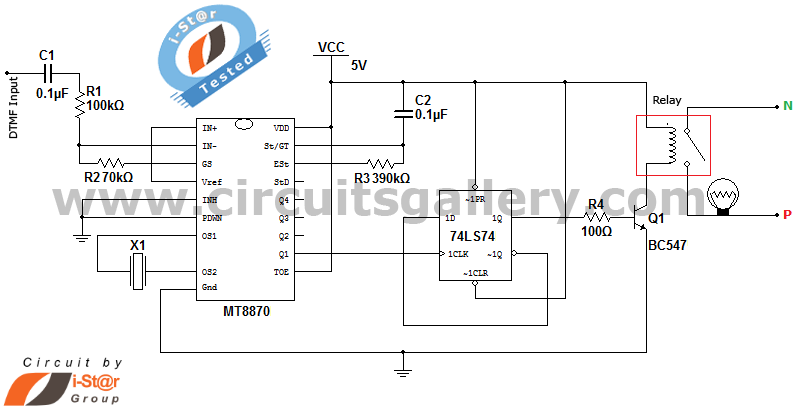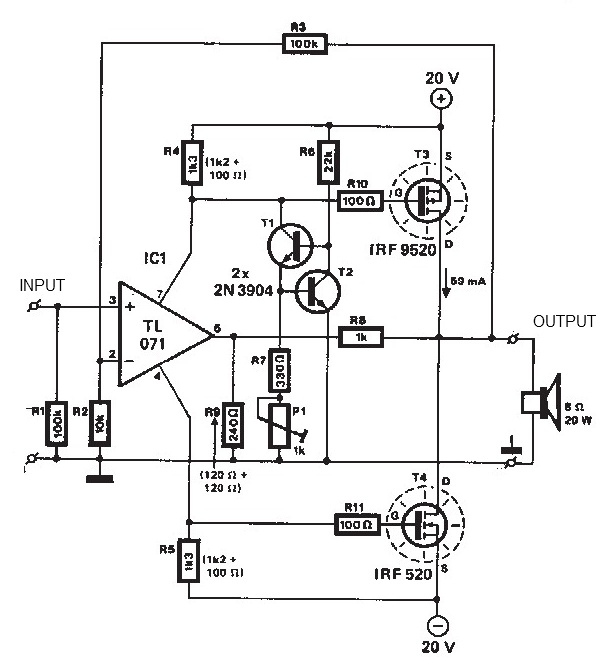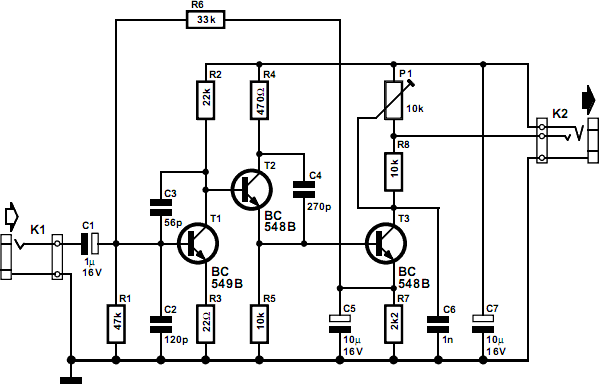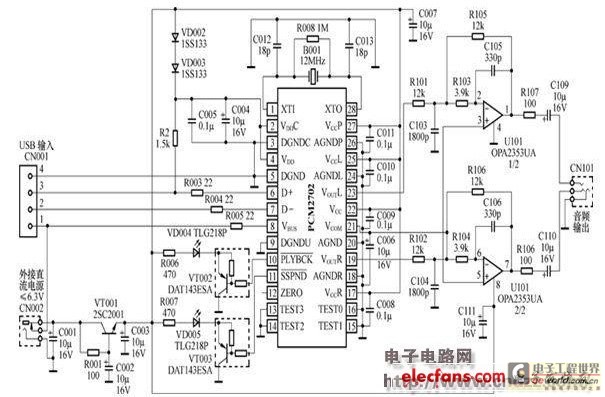
Temperature control circuit diagram with three-wire serial interface smart temperature sensors DS1620
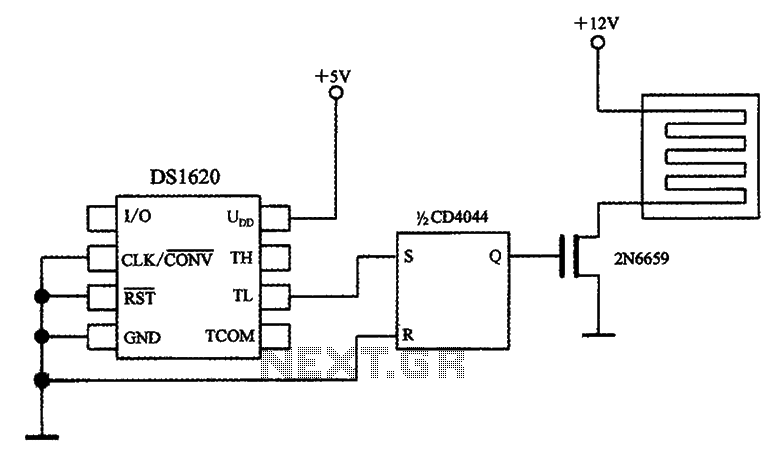
The circuit involves a smart temperature control system utilizing DS1620 temperature sensors with a three-wire serial interface for managing a small electric heater. When the CD4044 type RS flip-flop is set to 1, the output Q becomes high, which activates the 2N6659 MOSFET, turning on the small electric heater. The 2N6659 has a maximum drain-source voltage of 35V and a power dissipation of 6.25W.
The described circuit employs a DS1620 temperature sensor, which communicates temperature readings to a microcontroller or logic circuit through its three-wire serial interface. This sensor is capable of providing precise temperature measurements and can be configured for various temperature ranges. The microcontroller processes the data from the DS1620 and determines whether to activate the heater based on the temperature threshold set in the system.
The CD4044 is utilized as an RS flip-flop, which serves as a memory element in the circuit. When the flip-flop is set, it outputs a high signal at Q, which is crucial for controlling the MOSFET. The 2N6659 MOSFET acts as a switch, allowing the flow of current to the small electric heater when it is turned on. The specifications of the 2N6659, including its maximum drain-source voltage of 35V and power dissipation of 6.25W, indicate its suitability for controlling low to medium power loads such as small electric heaters.
This circuit design emphasizes the importance of temperature regulation in heating applications, ensuring that the heater operates only when necessary, thereby enhancing energy efficiency and safety. The combination of the DS1620 sensor, CD4044 flip-flop, and 2N6659 MOSFET creates a reliable and effective temperature control system for small electric heaters. Proper layout and component selection are essential for achieving optimal performance and reliability in this application. As shown in FIG grounds with three-wire serial interface smart temperature sensors DS1620 small electric heater temperature control circuit. When cd4044 type rs flip-flop is set 1, q 1, so 2n6659 tmos fet turned on, power small electric heater on. 2n6659s udso 35V, pd 6.25W.
The described circuit employs a DS1620 temperature sensor, which communicates temperature readings to a microcontroller or logic circuit through its three-wire serial interface. This sensor is capable of providing precise temperature measurements and can be configured for various temperature ranges. The microcontroller processes the data from the DS1620 and determines whether to activate the heater based on the temperature threshold set in the system.
The CD4044 is utilized as an RS flip-flop, which serves as a memory element in the circuit. When the flip-flop is set, it outputs a high signal at Q, which is crucial for controlling the MOSFET. The 2N6659 MOSFET acts as a switch, allowing the flow of current to the small electric heater when it is turned on. The specifications of the 2N6659, including its maximum drain-source voltage of 35V and power dissipation of 6.25W, indicate its suitability for controlling low to medium power loads such as small electric heaters.
This circuit design emphasizes the importance of temperature regulation in heating applications, ensuring that the heater operates only when necessary, thereby enhancing energy efficiency and safety. The combination of the DS1620 sensor, CD4044 flip-flop, and 2N6659 MOSFET creates a reliable and effective temperature control system for small electric heaters. Proper layout and component selection are essential for achieving optimal performance and reliability in this application. As shown in FIG grounds with three-wire serial interface smart temperature sensors DS1620 small electric heater temperature control circuit. When cd4044 type rs flip-flop is set 1, q 1, so 2n6659 tmos fet turned on, power small electric heater on. 2n6659s udso 35V, pd 6.25W.
